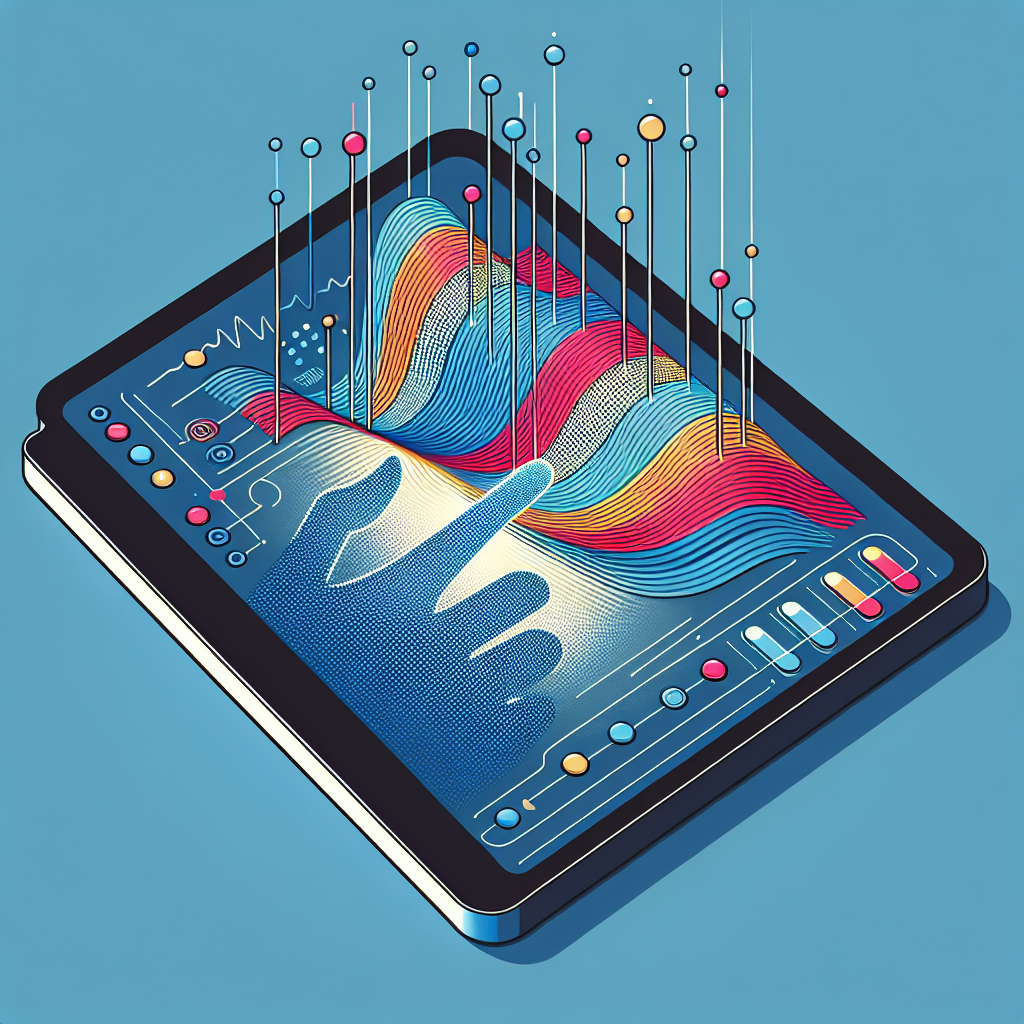Introduction to SAW Touchscreens
Surface Acoustic Wave (SAW) touchscreens are a type of touch technology that relies on ultrasonic waves traveling across the surface of the touchscreen. When the screen is touched, a portion of the wave is absorbed, which allows the device to determine the exact location of the touch. This kind of touchscreen is known for its high clarity and durable surface.
Table of SAW Touchscreen Characteristics
| Feature | Description |
|---|---|
| Technology | Ultrasonic wave detection |
| Durability | Highly durable surface |
| Clarity | Optical clarity superior to other touch technologies |
| Accuracy | High accuracy and resolution |
How SAW Touchscreens Detect Touch
SAW touchscreens operate by generating ultrasonic waves on two axes of the touchscreen surface. These waves are generated by transducers placed along the edges of the screen. When a finger or any object touches the screen, it interrupts the waves, and the location of the touch is calculated by analyzing the change in the waves.
The Multitouch Challenge
Multitouch refers to the capability of a touchscreen to recognize multiple points of contact simultaneously. This is essential for various modern applications, such as pinch-to-zoom, rotating images, and gaming. However, introducing multitouch capabilities in SAW touchscreens has historically been more challenging compared to other technologies like capacitive touchscreens.
Why Multitouch is Complex for SAW Technology
- Wave Interference: With more than one touch, multiple interruptions in the wave can occur, causing interference and making it difficult to pinpoint the exact location of each touch.
- Ambiguity in Detection: The ultrasonic waves get absorbed or disrupted in multiple locations, leading to ambiguous touch point data.
Advancements in SAW Touchscreens
Despite these challenges, significant advancements have been made in SAW technology to handle multitouch inputs:
Improved Transducer Design
The latest SAW touchscreens use advanced transducer designs that can better distinguish between multiple touch points. By refining the way the waves are generated and detected, these improved transducers reduce interference and increase the accuracy of multitouch detection.
Enhanced Signal Processing Algorithms
Modern SAW touchscreens employ sophisticated signal processing algorithms to interpret the data from multiple touch points more accurately. These algorithms can differentiate between simultaneous touches by analyzing the pattern and timing of wave interruptions.
Software Compensation Techniques
Software plays a crucial role in enhancing the multitouch capability of SAW touchscreens. By using advanced error-correction and pattern recognition techniques, software can compensate for the inherent difficulties in detecting multiple touches.
Applications of Multitouch SAW Touchscreens
The advancements in SAW multitouch technology have opened up new applications across various fields:
- Interactive Kiosks: Multitouch SAW touchscreens are being used in public kiosks for a more interactive and user-friendly experience.
- Gaming: The gaming industry benefits from the high accuracy and durability of SAW touchscreens for interactive and immersive gaming experiences.
- Medical Devices: High precision and clarity make SAW touchscreens suitable for medical applications requiring multitouch inputs.
Conclusion
While initially posing significant challenges, the evolution of SAW touchscreens has made them capable of effectively handling multitouch inputs. Through improved transducer designs, advanced signal processing, and software compensation techniques, SAW technology continues to advance, making it a viable option for various modern multitouch applications.
